Roots of Style: Does Your House Have a Medieval Heritage?
Look to the Middle Ages to find where your home's steeply pitched roof, gables and more began
Steven Randel
June 14, 2013
Houzz Contributor
Classical architecture continues its reach into localized design and likely defines more than a few houses in your neighborhood. But you or your neighbor might be living in simpler or more freely formed houses, and these styles have deep roots, too.
To find them, travel back to the period about 800 years after the fall of Rome (in the fifth century) and before the Italian Renaissance (which began in the 14th century). Culture flourished, and design took a more organic course. Church buildings dominated construction in those years, and domestic architecture took the form of compact villages in thatched-roof clusters or groups of tiled-roof Italian hill towns. Commonly, stacked stone or timber frames made up the walls, contributing to their rustic impression.
To find them, travel back to the period about 800 years after the fall of Rome (in the fifth century) and before the Italian Renaissance (which began in the 14th century). Culture flourished, and design took a more organic course. Church buildings dominated construction in those years, and domestic architecture took the form of compact villages in thatched-roof clusters or groups of tiled-roof Italian hill towns. Commonly, stacked stone or timber frames made up the walls, contributing to their rustic impression.
There are many styles that evolved from medieval architecture, and they can be simplistic in form or irregular in their shape and massing. Classical details, ironically, made their way into these medieval styles as years passed and society blossomed. The subject is vastly complex, and many of these styles are lesser known and fall under folk or vernacular architecture. But putting those concerns aside, we can still find the roots of medieval design in home styles today.
It is important to note that by the 18th century, styles had merged and influences from several types of architecture were commonly found in a single house. This trend continues today and is still how styles evolve and become redefined. Local characteristics and materials make their mark, as well as technology, which greatly influences architecture today.
Postmedieval English Style
Saltbox houses. Though relatively few originals survive of these simple and stout houses, postmedieval English styles command attention partly due to the duration of their period: the entire 17th century in America. English colonists built primarily with medieval building techniques and using the knowledge they brought from the old world. It took decades for steeply pitched, thatched-roof designs to evolve into wood-shingled roofs, characteristic of the style Americans recognize.
Northern originals were commonly one room deep and two rooms wide, with a second level slightly overhanging the front and frequently adorned with a pendant dangling at the ends. A lean-to or shed structure was often placed on the rear elevation, which defines the saltbox, as many of these houses are known.
The new house shown in the top photo loosely follows the originals and is most likely two rooms deep, and the shed roof is beyond that in the rear, though the proportion and adornment are somewhat accurate.
Many houses throughout the contemporary northeastern United States exhibit the same rectangular plan with a symmetrical front elevation. Centered entrance doors and windows align on either side, with repetition in upper-level windows.
It is important to note that by the 18th century, styles had merged and influences from several types of architecture were commonly found in a single house. This trend continues today and is still how styles evolve and become redefined. Local characteristics and materials make their mark, as well as technology, which greatly influences architecture today.
Postmedieval English Style
Saltbox houses. Though relatively few originals survive of these simple and stout houses, postmedieval English styles command attention partly due to the duration of their period: the entire 17th century in America. English colonists built primarily with medieval building techniques and using the knowledge they brought from the old world. It took decades for steeply pitched, thatched-roof designs to evolve into wood-shingled roofs, characteristic of the style Americans recognize.
Northern originals were commonly one room deep and two rooms wide, with a second level slightly overhanging the front and frequently adorned with a pendant dangling at the ends. A lean-to or shed structure was often placed on the rear elevation, which defines the saltbox, as many of these houses are known.
The new house shown in the top photo loosely follows the originals and is most likely two rooms deep, and the shed roof is beyond that in the rear, though the proportion and adornment are somewhat accurate.
Many houses throughout the contemporary northeastern United States exhibit the same rectangular plan with a symmetrical front elevation. Centered entrance doors and windows align on either side, with repetition in upper-level windows.
Tidewater houses. These Southern colonial-era houses, sometimes called tidewater South, retain a basic medieval form, usually one story with a converted habitable attic. The steeply pitched roofs, a remnant of thatch, are suited to the placement of small, gabled dormers that create cozy nooks for bedrooms.
The newer house shown here, obviously more refined than its ancestors, clearly alludes to the form and organization of houses from the 1600s: centered entrance door with one or two windows on each side.
It is also interesting to note that these houses usually have symmetrical front elevations, while other medieval fashions are asymmetrical, as we shall see.
The newer house shown here, obviously more refined than its ancestors, clearly alludes to the form and organization of houses from the 1600s: centered entrance door with one or two windows on each side.
It is also interesting to note that these houses usually have symmetrical front elevations, while other medieval fashions are asymmetrical, as we shall see.
Gothic Revival Style
Gothic revival homes are rare, but just about anyone can identify them quickly due to the signature pointed arch. In this extraordinary modern example, the expression of its theme is repeated clearly throughout the home. Be sure to click through to the page containing other photos of this house. You will be pleasantly astonished at the extent to which the architecture is delineated.
The inspiration for these designs stemmed from the Gothic cathedrals in Europe; Gothic was one of the more significant fashions of architecture in the Middle Ages. Originally this style was popular as a revival in the middle of the 19th century in the United States, in suburban or rural settings.
Gothic revival homes are rare, but just about anyone can identify them quickly due to the signature pointed arch. In this extraordinary modern example, the expression of its theme is repeated clearly throughout the home. Be sure to click through to the page containing other photos of this house. You will be pleasantly astonished at the extent to which the architecture is delineated.
The inspiration for these designs stemmed from the Gothic cathedrals in Europe; Gothic was one of the more significant fashions of architecture in the Middle Ages. Originally this style was popular as a revival in the middle of the 19th century in the United States, in suburban or rural settings.
In another view of the same fascinating contemporary Gothic revival, it is clear that the roots are quite loosely interpreted. Originals normally had steeply pitched roofs, and their plans were commonly rectangular.
In this house cross bracing and windows define the signature arch shape, while varying eave lines and multiple pitched roofs combine to assemble a modern and complex plan with intersecting levels.
Stone and wood left to weather wrap the house in an unofficial rustic fashion, an interesting nod to medieval architecture, with boldly colored deep red window frames. Natural light plays an important role, and this house is full of clerestory windows — a nice allusion to a Gothic cathedral.
In this house cross bracing and windows define the signature arch shape, while varying eave lines and multiple pitched roofs combine to assemble a modern and complex plan with intersecting levels.
Stone and wood left to weather wrap the house in an unofficial rustic fashion, an interesting nod to medieval architecture, with boldly colored deep red window frames. Natural light plays an important role, and this house is full of clerestory windows — a nice allusion to a Gothic cathedral.
Transitional Gothic Style
Stick. The next three houses share the common thread of being Victorian, in the sense that they are of that era. This particular new house most resembles Victorian stick style. Preceding Queen Anne, this lesser-known style bridged a significant shift from Romantic-era houses into Victorian themes. Common characteristics include many gabled roofs, exposed rafter tails and shingle siding, all still popular on homes built today.
Note the flared eaves and stickwork, the applied boards in the gable end in this example, which are trademark details. Also unique to this modern house is the round tower, another medieval reference. Original versions sometimes had towers, but they were usually square or rectangular in plan.
Stick. The next three houses share the common thread of being Victorian, in the sense that they are of that era. This particular new house most resembles Victorian stick style. Preceding Queen Anne, this lesser-known style bridged a significant shift from Romantic-era houses into Victorian themes. Common characteristics include many gabled roofs, exposed rafter tails and shingle siding, all still popular on homes built today.
Note the flared eaves and stickwork, the applied boards in the gable end in this example, which are trademark details. Also unique to this modern house is the round tower, another medieval reference. Original versions sometimes had towers, but they were usually square or rectangular in plan.
Queen Anne. This authentic and distinguished California Victorian house is known as Queen Anne style. Interestingly, the refined fretwork that you see here is most likely an indigenous interpretation. Plentiful redwood, a naturally decay-resistant species, was used for many of these highly prized abodes throughout Northern California in the late 19th century.
Classic to this style is the hipped larger roof with extending gables, one toward the front and the other at one side in the rear, creating a visually comfortable space in which to wrap a porch around on the main level. In any type of Victorian, forms are either very simple or clustered in varying sizes and shapes, which historically references the organic characteristics of medieval structures.
Classic to this style is the hipped larger roof with extending gables, one toward the front and the other at one side in the rear, creating a visually comfortable space in which to wrap a porch around on the main level. In any type of Victorian, forms are either very simple or clustered in varying sizes and shapes, which historically references the organic characteristics of medieval structures.
Shingle style. This new house most resembles the shingle style of Victorian-era houses. Beyond the defining, shingled exterior walls, an asymmetrical elevation shows steeply pitched roofs with varying eave heights and shed dormers breaking them. Varying sizes and grouping of openings, and especially the curved wall framing the center upper-floor windows, establish its identity. This styling is one of the most popular in American homebuilding now, especially in the Southeast.
Note that in the three Victorian houses presented here you will find trim, columns and other features also influenced by classical architecture. Their medieval touches come from organic forms and irregular massing.
Note that in the three Victorian houses presented here you will find trim, columns and other features also influenced by classical architecture. Their medieval touches come from organic forms and irregular massing.
Tudor Style
Named more for a period than for physical attributes, Tudor style is eclectic, mixing many medieval English architectures. The type shown here exemplifies American examples popular in the first half of the 20th century. They are most distinctly characterized by steeply pitched, gabled roofs (another thatched-roof evolution) where at least one faces the front.
Exterior walls are commonly a mix of half timbered (nonstructural) stucco, stone, brick veneer and wood siding, which mimic the timber-frame construction used in medieval times. Though there are thousands of these homes across the United States, highly detailed examples have been rarely replicated in the past 60 years. Many vernacular examples can be found in later-20th-century developments, where common characteristics are lightly expressed.
Next: Your Home May Have a Renaissance Classical Past
Named more for a period than for physical attributes, Tudor style is eclectic, mixing many medieval English architectures. The type shown here exemplifies American examples popular in the first half of the 20th century. They are most distinctly characterized by steeply pitched, gabled roofs (another thatched-roof evolution) where at least one faces the front.
Exterior walls are commonly a mix of half timbered (nonstructural) stucco, stone, brick veneer and wood siding, which mimic the timber-frame construction used in medieval times. Though there are thousands of these homes across the United States, highly detailed examples have been rarely replicated in the past 60 years. Many vernacular examples can be found in later-20th-century developments, where common characteristics are lightly expressed.
Next: Your Home May Have a Renaissance Classical Past
Related Stories
Modern Architecture
Tour Richard Neutra’s Iconic Kaufmann Desert House Gardens
By Colin Flavin
The well-known but rarely seen symbol of desert modern architecture opened its doors for Palm Springs Modernism Week
Full Story
Pritzker Prize Winners
Japan’s Riken Yamamoto Wins the 2024 Pritzker Architecture Prize
The architect is known for creating indoor-outdoor homes and buildings that foster a strong sense of community
Full Story
Working With Pros
6 Reasons to Hire a Home Design Professional
Doing a construction project without an architect, a designer or a design-build pro can be a missed opportunity
Full Story
Modern Architecture
How to Improve the Comfort of Your Midcentury Modern Home
By Colin Flavin
You can maintain the era’s signature style in your home while improving its thermal performance
Full Story
Green Building
The Passive House: What It Is and Why You Should Care
If you don’t understand passive design, you could be throwing money out the window
Full Story
Modern Architecture
Tour the House of Tomorrow and Elvis Presley’s Honeymoon Hideaway
By Colin Flavin
The recently renovated Palm Springs home returns to glory with spectacular geometry and indoor-outdoor connections
Full Story
Earth Day
12 Pros Share the Top Sustainable Features They’re Using
Design, building and landscape pros discuss the ways they’re creating comfortable, efficient and eco-friendly homes
Full Story
Bedrooms
7 Tips for Designing Your Bedroom
Learn how to think about light, layout, circulation and views to get the bedroom of your dreams
Full Story
Pritzker Prize Winners
Sir David Alan Chipperfield Wins the 2023 Pritzker Prize
The English architect is known for honoring history and culture while creating timeless modern design
Full Story
Working With Pros
10 Times to Hire an Architect
These pros help solve design problems, manage projects, build smarter homes and much more
Full Story
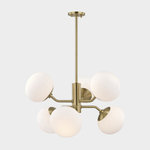
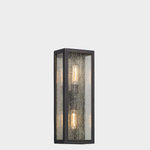
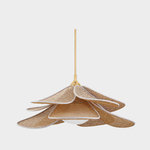


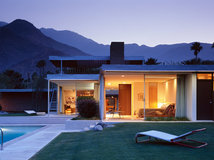
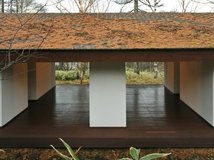
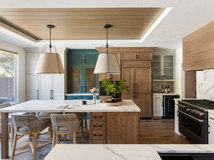

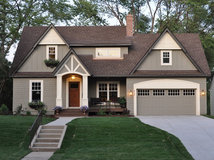

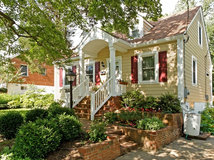
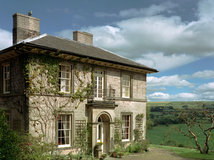

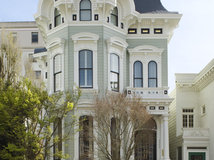




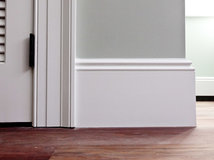
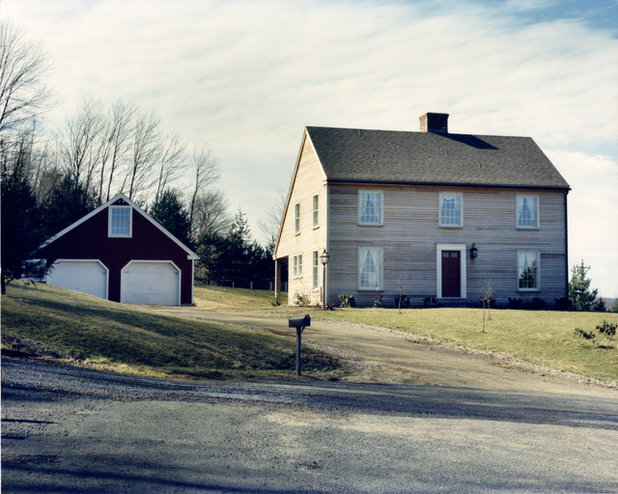
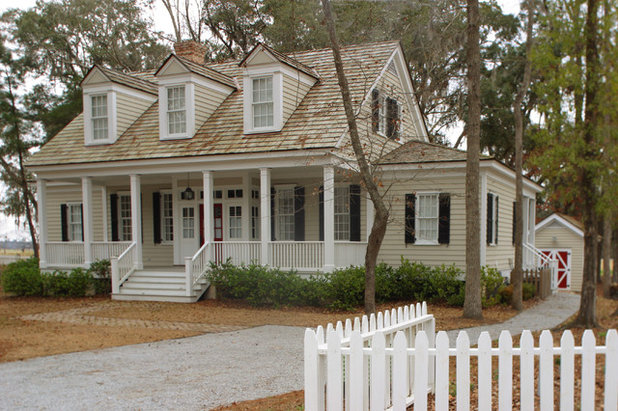
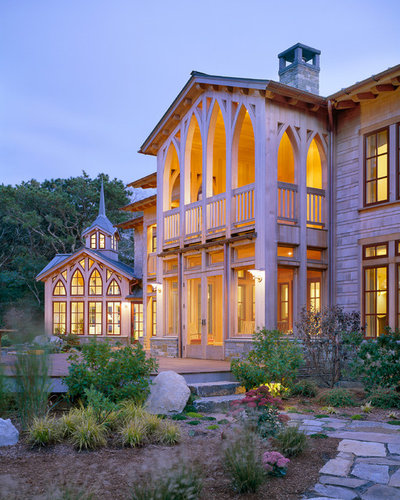
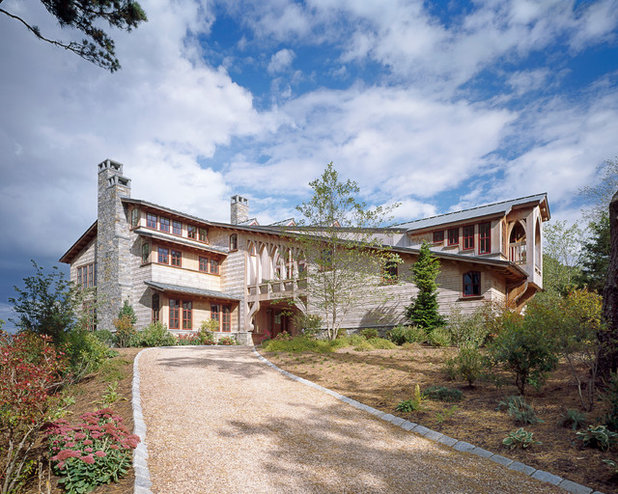
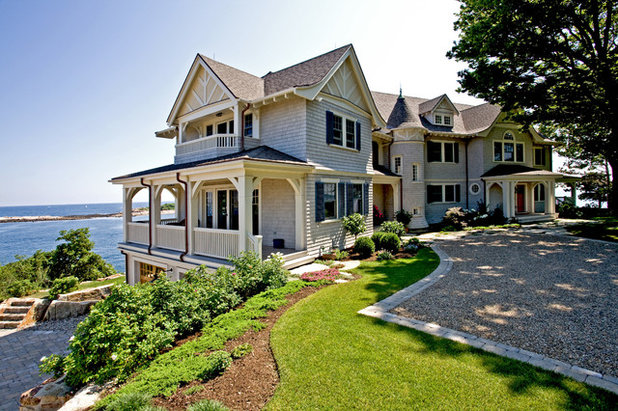
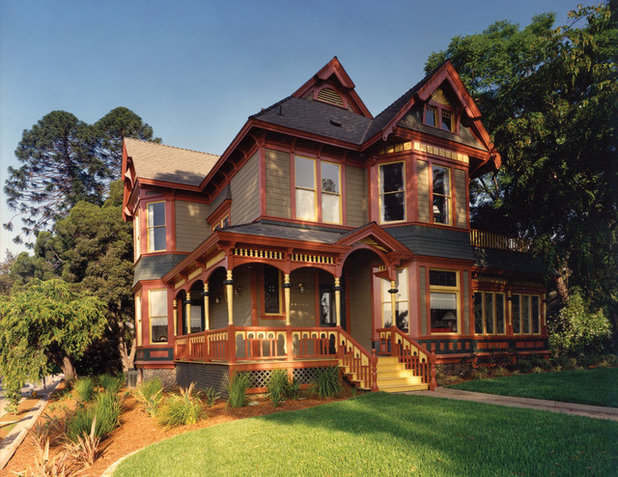
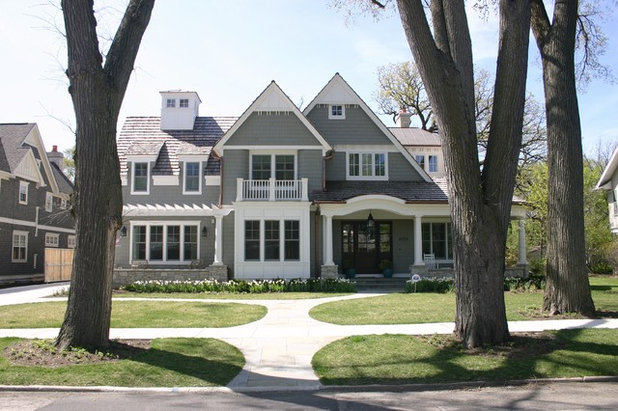
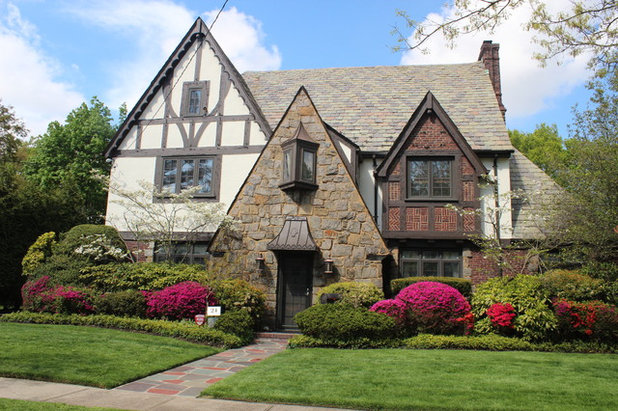
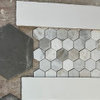
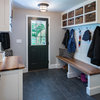

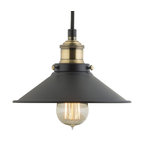
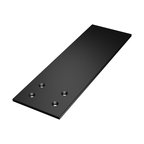
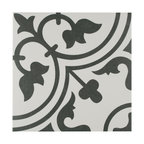
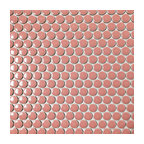
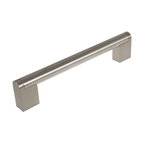
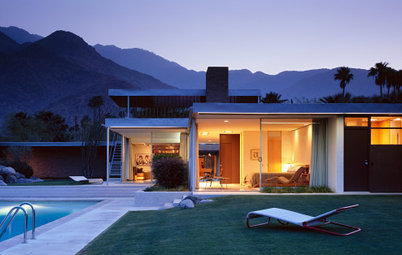
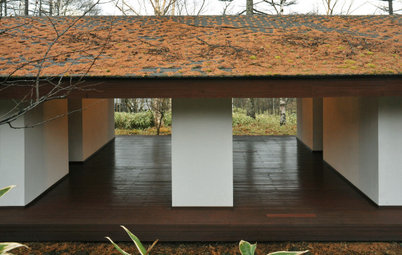
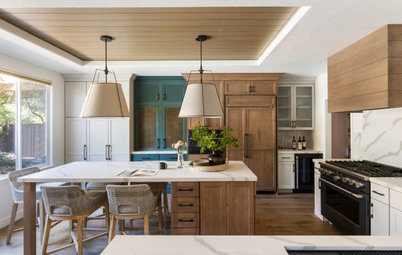
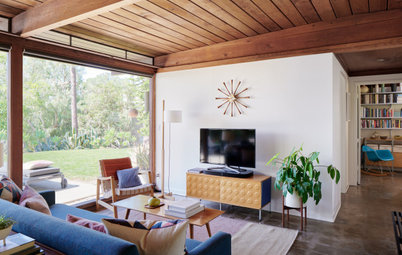
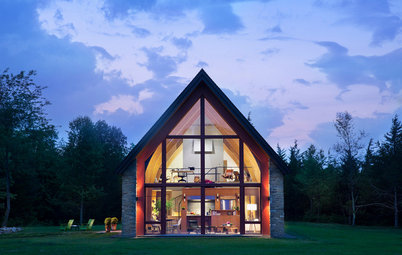
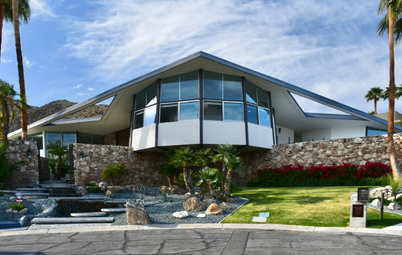
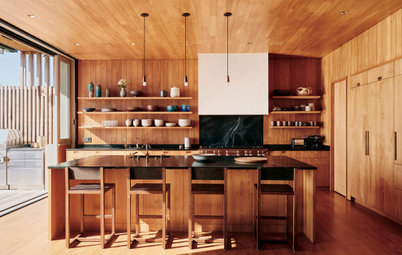
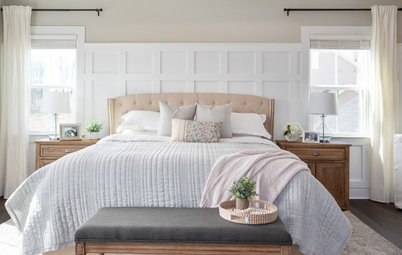

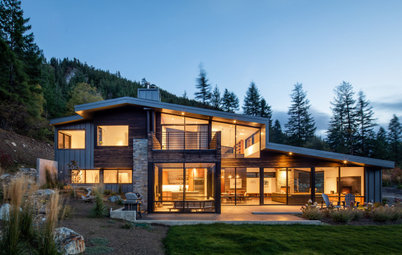
Thanks for the Medieval heritage house article!